28+ Sample Free HR Strategic Plan
-
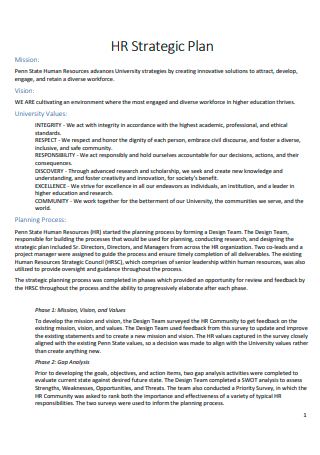
HR Strategic Plan Template
download now -
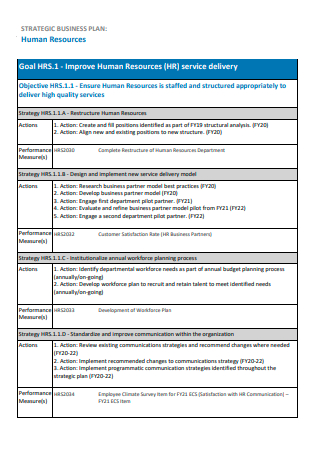
Human Resources Strategic Business Plan
download now -
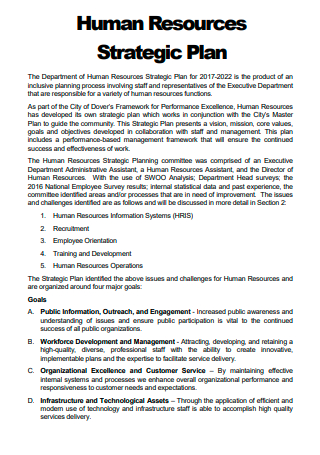
Human Resources Strategic Plan Example
download now -
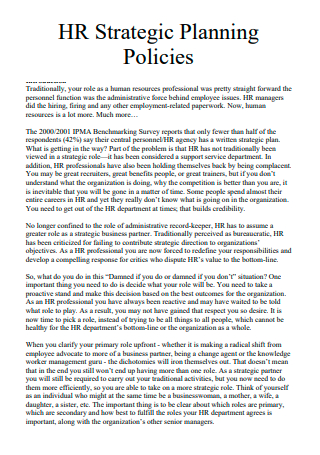
HR Strategic Planning Policies
download now -
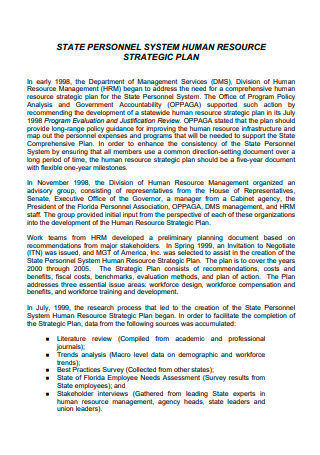
Printable Human Resources Strategic Plan
download now -
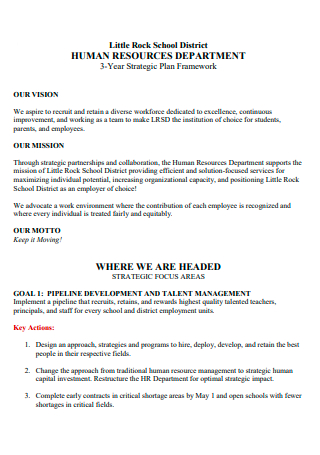
Human Resources Department Strategic Plan Framework
download now -
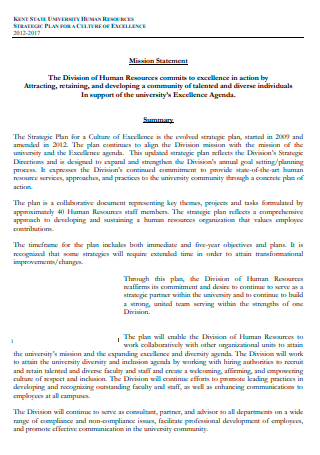
Human Resources Strategic Plan For Culture Excellence
download now -
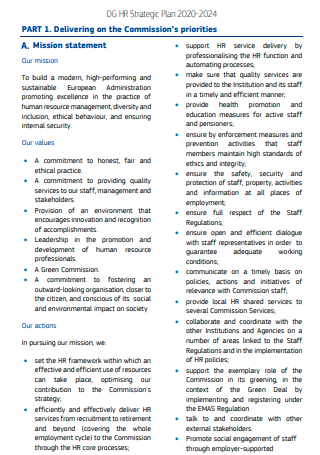
HR Strategic Plan in PDF
download now -
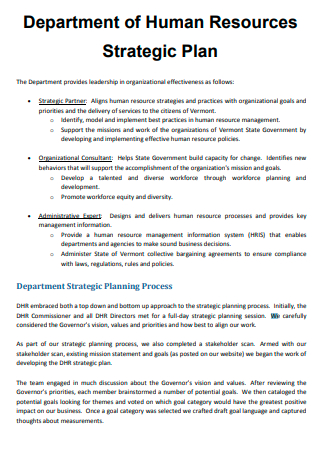
Department of Human Resources Strategic Plan
download now -
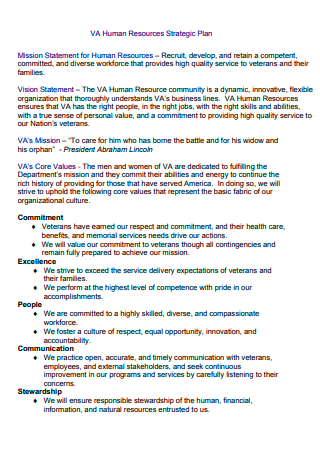
Standard Human Resources Strategic Plan
download now -

Cal HR Strategic Planning Process
download now -
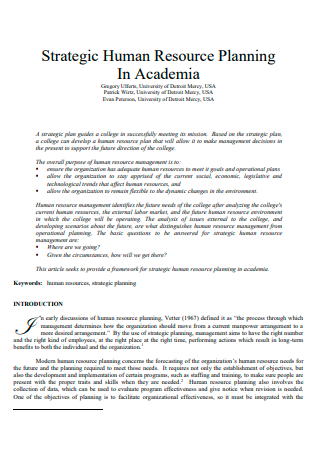
Human Resources Strategic Planning in Academia
download now -

Human Resources Development and Strategic Plan
download now -
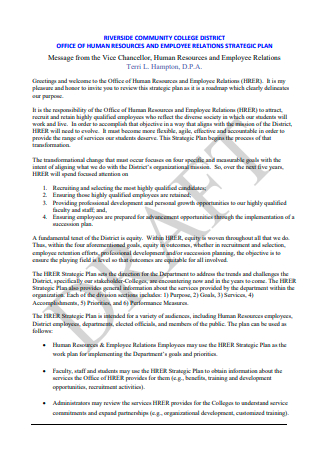
Office of Human Resources and Employee Strategic Plan
download now -
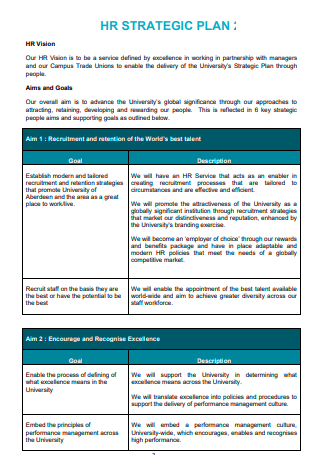
Simple HR Strategic Plan
download now -
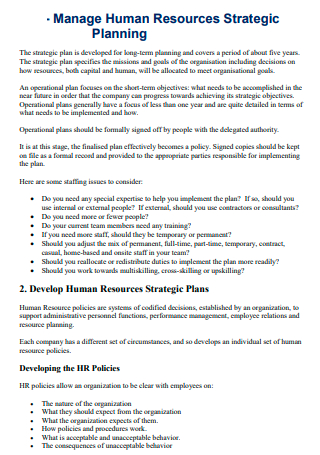
Manage Human Resources Strategic Planning
download now -
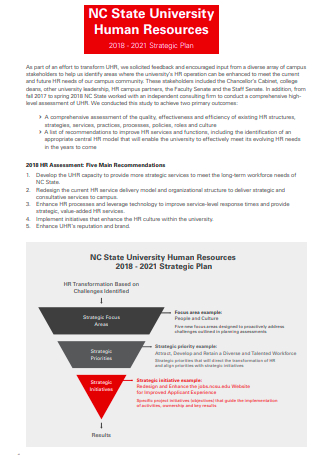
University Human Resources Strategic Plan
download now -
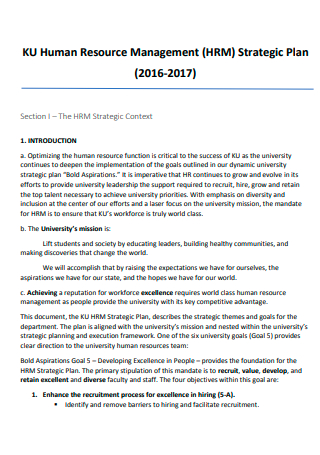
Human Resource Management Strategic Plan
download now -
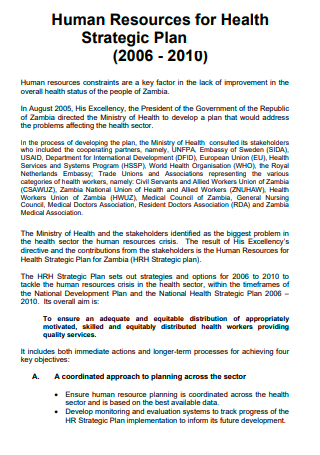
Human Resources For Health Strategic Plan
download now -

Department of Education Human Resources Strategic Plan
download now -
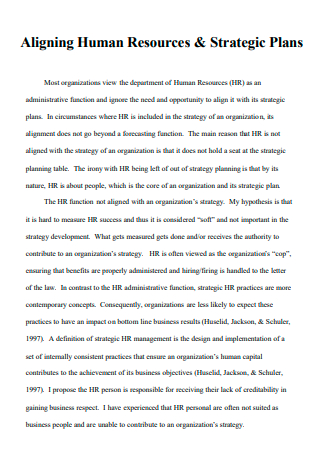
Aligning Human Resources Strategic Plan
download now -
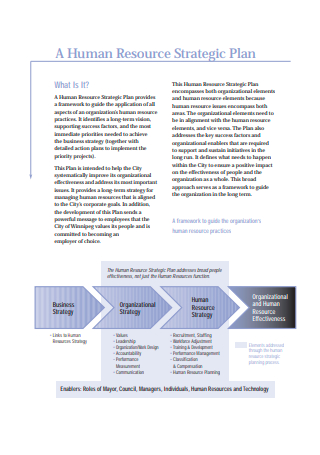
Basic Human Resource Strategic Plan
download now -
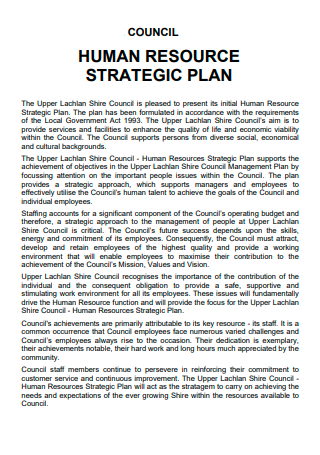
Council Human Resources Strategic Plan
download now -
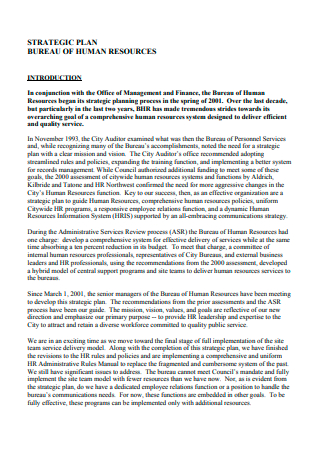
Human Resources Strategic Plan in PDF
download now -
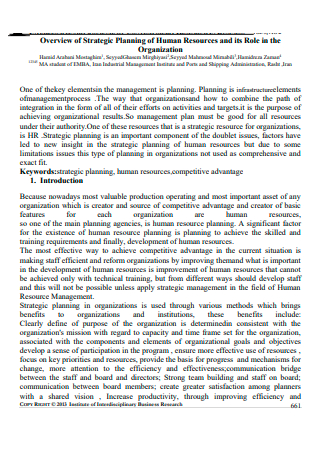
Human Resources Organization Strategic Planning
download now -
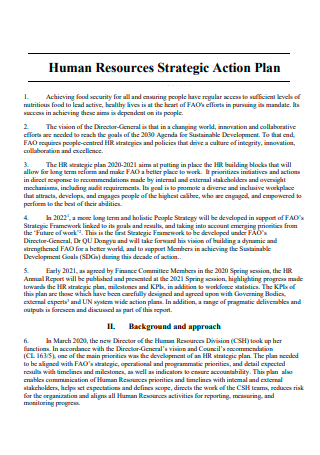
Human Resources Strategic Action Plan
download now -

Sample HR Strategic Plan
download now -
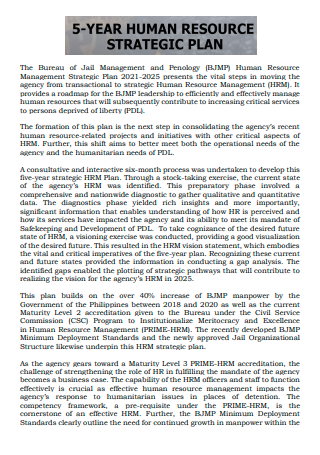
5 Year Human Resources Strategic Plan
download now -
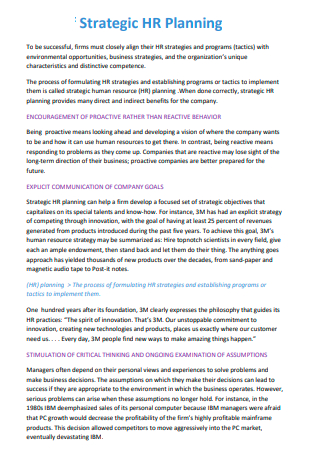
HR Strategic Planning Format
download now
FREE Free HR Strategic Plan s to Download
28+ Sample Free HR Strategic Plan
What Is a HR Strategic Plan?
Tips For Forming a HR Strategic Plan
Importance of Having a HR Strategic Plan
How to Create a HR Strategic Plan
FAQs
What should be included in an HR strategic plan?
What are examples of HR strategies?
What are the 3 P’s of Human Resource Management?
What Is a HR Strategic Plan?
A HR strategic plan is a comprehensive plan that lays out the human resource development strategies of an organization or company. It can cover several aspects of HR including recruitment, compensation, benefits, and training.
According to statistics published by G2, 83% of employers believe talent acquisition and retention is becoming a growing HR or hiring challenge. Other statistics project that around 66% of millennials are expected to leave their companies or organizations by 2020. As far as employee engagement is concerned, 66% of human resource employees say that engagement has increased in recent years.
Tips For Forming a HR Strategic Plan
The content of a HR strategic plan will greatly depend on an organization’s goals because companies vary in manpower size, organizational structure, and core values. However, there are several useful tips that can help HR practitioners and professionals create more substantial and sustainable strategic plans.
Importance of Having a HR Strategic Plan
Along with business plans and action plans, a HR strategic plan is one of the most basic plans that all organizations ought to prioritize. There are all kinds of reasons and benefits for having a HR strategic plan in place. The following examples below are just some of the primary reasons why HR strategic plans are important.
How to Create a HR Strategic Plan
To create a HR strategic plan, you need to have a thorough and comprehensive understanding of the needs of both the employer and the employees. If you opt not to start from scratch, using a ready-made template from the selection above will help you draft a plan faster. Simply choose a template that’s suited to your needs and follow the basic steps below.
Step 1: Define the Goals
The first step is always setting the objectives. A HR strategic plan should be comprehensive and solution-oriented. And since human resources does not just cover one aspect, it is necessary for you and your team to prioritize which areas of HR need the most attention. A sense of urgency is just as important as discernment. Identify which issues take precedence over the others and align them to your goals. Ideally, the list of objectives should be specific and limited to only a few items. Avoid lengthy entries and try to narrow it down further by grouping similar objectives into one goal.
Step 2: Develop Actions and Strategies
The meat of your strategic plan should be the action items and proposed strategies. Obviously, coming up with appropriate action items takes a considerable amount of discussion and brainstorming. Before finalizing any strategy, it is always best to consult other people in the HR team first. This is to ensure that all members are aligned in their goals or ideas. Your proposed strategies ought to address the goals and objectives stated earlier. The more concrete and specific they are, the better. It would also be wise to assign a point person for each action item to establish accountability and promote teamwork.
Step 3: Establish a Timeline
The next step is assigning a timeline for your objectives to be realized. Establishing a timeframe for deliverables and key performance indicators is crucial to success. There must be a reasonable projection and future forecast in any strategic plan. Otherwise, there would be no reason to act on the goals right away. A sense of urgency must be present if productivity and efficiency are the goal. The format of your timeline may vary depending on your preference. The use of a Gantt chart is common in project management. But even a simple table or calendar will do; what’s important are the projected dates and other related data.
Step 4: Track the Progress
Another key component in a HR strategic plan is a reliable monitoring tool. Once you have established the goals, action plans and its corresponding timeline, then there must also be a mechanism to track the progress of your strategic plan. This is to ensure that the objectives are being met and to gauge the success of the various action plans in place. A progress tracking tool can be anything from a simple sheet to a complex chart. The mechanism itself and its reliability as a measure of progress should be more important than its format.
FAQs
What should be included in an HR strategic plan?
A HR strategic plan can include several sections. Some of these key sections include a list of objectives, action items, proposed plans, a clear timeline, and a progress monitoring mechanism.
What are examples of HR strategies?
Some examples of HR strategies include employee engagement programs, corporate social responsibility initiatives, employee referral programs, comprehensive benefits package, mentoring programs, skills training, career charting and development, etc.
What are the 3 P’s of Human Resource Management?
According to Business Management Ideas, the three P’s of Human Resource Management or HRM are people, process, and performance.
Human Resources is an essential part of organizations. Without a sound or solid HR strategic plan, company culture can crumble and it might even negatively affect talent management and other organizational processes. Browse and select any sample template from above to start customizing your own strategic plan now!
